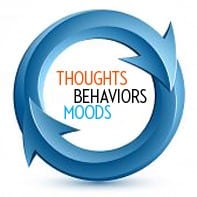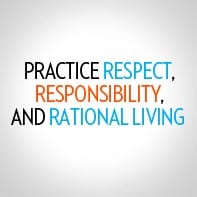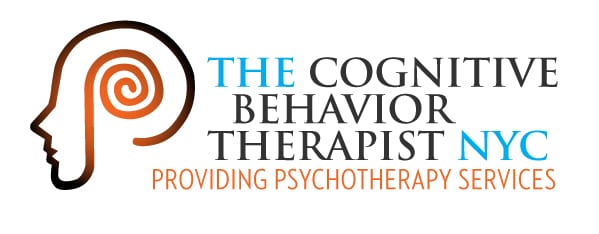Tips from Clinical Psychologist and Cognitive Behavior Therapist of New York Dr. Jayme Albin-
“Cognitive Behavior Therapy” at its very essence involves developing self awareness of one’s thinking and how if effects your day to day life and relationships.
Understanding Automatic thoughts is a good place to start this process (called metacognitive process).
Automatic thoughts are the thoughts and images that involuntarily pop into our conscious (or just below if they are habitual). They make up how we “read” a situation. Understanding your automatic thoughts can influence change in a variety of situations.
Here are some examples:
- You are at work and you see a look of disapproval on your boss’ face in response to something you have given him. Your automatic thought (AT) is “Oh no, he thinks I am stupid, I will never get promoted”.
- You are at a social gathering where someone looks at you inquisitively, your AT is “That person does not like me! What did I do wrong?”
- You are in cab and the driver runs into traffic, your AT is “What’s wrong with you? Why didn’t you know to take the other route, you idiot?!”

AT’s are dangerous because usually we take for granted that they are True. Even more dangerous, we have a tendency to accept them as the only explanation or view of the scenario. Reactive behavior is based on automatic thinking.
In CBT, we examine the automatic thoughts to see just how accurate or functional they really are. That is called reality testing. When we reality test we often find there were other avenues we could have taken with our responses.
It does not necessarily mean that our original opinion or automatic thoughts are entirely wrong, but rather it helps us to integrate the perspective of others or reduce biases that create extreme reactions to events.
By reality testing and other methods of examining our automatic thoughts we can then behave proactively, including problem solving in improve situations.
So going back to our examples, when we reality test and practice replacing the automatic thought with a more helpful one we come up with:
- When you see a look of disapproval on your boss’ face in response to something you have given him. Your replacement thought can be “He is not pleased with the project, so let me ask him what I can do to improve it”.
- So when you see someone look at you inquisitively, your replacement thought can be “That person does not seem to be happy, let me go over and see if I can address any misunderstanding or help “
- You are in cab and the driver runs into traffic, your replacement thought can be ” Maybe I can ask him if there is another route he knows of? “
The best part of this method of thinking and responding is that there is no down side in attempting to improve on any situation!
These biases and extreme reactions come out in stressful or emotional situations because our automatic thoughts are based on beliefs we have about ourselves, others and the world in which we live . These are called core beliefs or schema. These core beliefs and schema show up in the form of expectations, assumptions and judgments and are reinforced by our reactive behavior and thought patterns.
For more information about Cognitive Behavior Therapy or Integrative Psychotherapy in New York City please contact Dr. Jayme Albin Info@CBT-NewYork.com 212-631-1133















